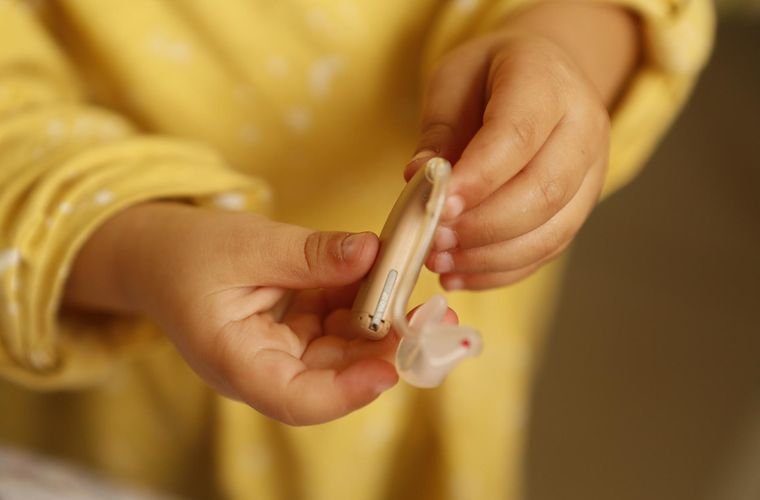Close to 15% or 37.5 million Americans ages 18 and up struggle with some form of hearing loss, making it a challenge that a growing number of individuals face. Our hearing is essential in forming connections, enjoying life, and staying safe within one’s surroundings. Therefore, hearing loss can greatly impact both our quality of life, and even our wellbeing.
Many devices are currently on the market to help combat the effects of hearing loss, such as hearing aids or cochlear implants, but these devices may be too expensive for many people. Researchers at MIT believe they have found a solution to this problem with a new method of hearing repair.
Background: How Hearing Loss Can Occur
The loss of hearing comes naturally with age, as our bodies begin to lose their functions. However, there are many other ways hearing loss can happen. One way is the gradual build-up of earwax in the ear canal. This can especially happen to individuals who use earplugs constantly. Damage to the inner ear or eardrum can also cause hearing loss, as these areas in the ear are sensitive and fragile. This is why many audiologists recommend not cleaning the ears with q-tips.
Of course, continually exposing the ears to to loud noises can cause this loss as well, which is why it’s important to try to listen to music at a lower volume level. Unfortunately, once hearing loss is established, it cannot be cured. This is because much of the hearing loss damages inner ear hairs which are used to vibrate, translating sounds into electrical stimuli for our brains. Once the hairs are damaged, they cannot be rebuilt. But this may change thanks to a new technique from scientists at MIT.
Analysis: Using Cell Technology
Scientists at the MIT spin-off company Frequency Therapeutics, are investigating effective ways to restore hearing. “MIT has such a wonderful environment of people interested in new ventures that come from different backgrounds, so we’re able to assemble teams of people with diverse skills quickly,” explained Frequency Therapeutics co-founder and Chief Scientific Officer Chris Loose.
From their work, they have developed a type of regenerative therapy using types of stem cells. These cells are placed in the inner ear and can grow the tiny hair cells used in the hearing process. Currently, the company has tested the therapy on 200 individuals with some successful results. The researchers want to advance the technology by performing a 124-patient clinical trial. If successful, the results of the trial would be available early next year.
Outlook: The Next Steps
While this technology has a long way to go before being widely adopted, the researchers are hopeful that their work will make an impact. According to Harvard-MIT affiliate faculty member Jeff Karp: “I wouldn’t be surprised if in 10 or 15 years, because of the resources being put into this space and the incredible science being done, we can get to the point when reversing hearing loss would be similar to Lasik surgery, where you’re in and out in an hour or two and you can completely restore your vision.”
Kenna Castleberry is a staff writer at the Debrief and the Science Communicator at JILA (a partnership between the University of Colorado Boulder and NIST). She focuses on deep tech, the metaverse, and quantum technology. You can find more of her work at her website: https://kennacastleberry.com/

